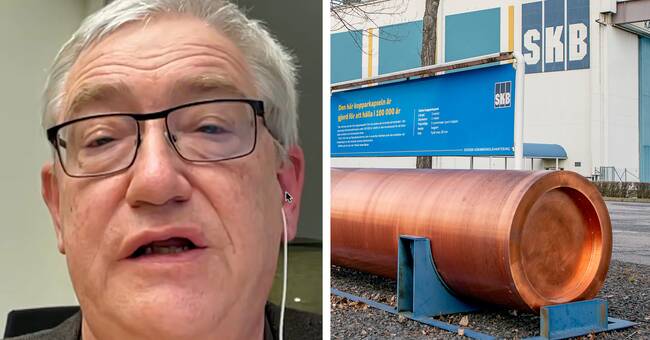In a final repository, spent nuclear fuel must be able to be stored safely for 100,000 years.
This is because it takes a long time for the radioactivity to fade.
In the meantime, it can pose a danger to both humans and the environment.
According to Johan Swahn from the Environmental Organizations' nuclear waste review, it has not been shown that the repository in Forsmark will be able to do this.
- There is extensive research criticism that says that the copper capsules will not work as intended and can break already after a couple of hundred years, he says to SVT.
SKB: "Will protect"
Swedish Nuclear Fuel Management (SKB), which is responsible for the construction in Forsmark, believes that the data is sufficient and that the repository will be safe.
The company has carried out both theoretical and practical research and the project has been approved by the Swedish Radiation Safety Authority.
- It is a system of barriers, both the copper canister but also the bentonite clay and the rock itself.
Together, they are building a system that will protect us, says Johan Dasht, CEO of SKB.
Not safe enough
That the project has been approved by the Swedish Radiation Safety Authority and SKB is not enough, says Johan Swahn.
According to him, the assessment is made on the basis that the copper capsules, bentonite clay and rock together constitute a robust solution.
- You can not trust that the other barriers work.
You have to be absolutely sure that all the barriers work.
The research SKB has conducted is not convincing, says Johan Swahn.

